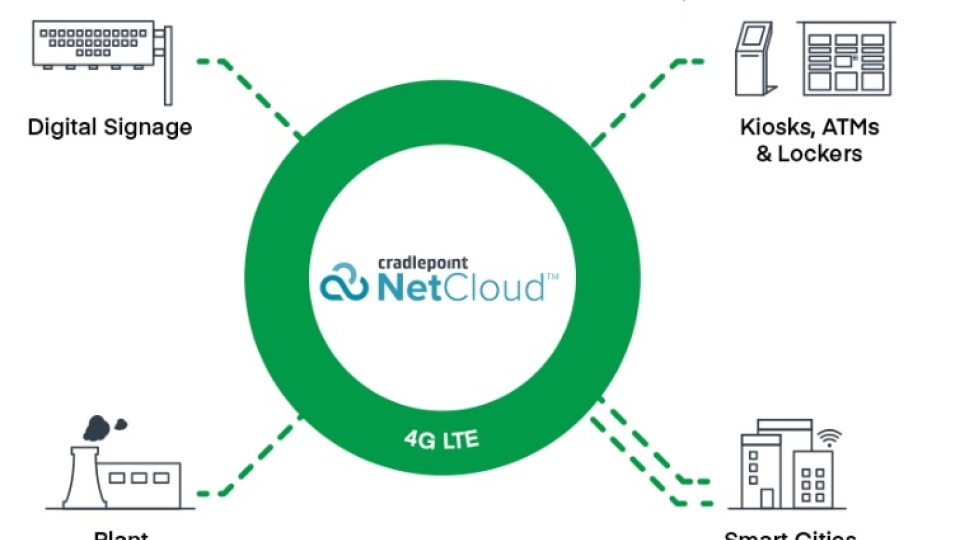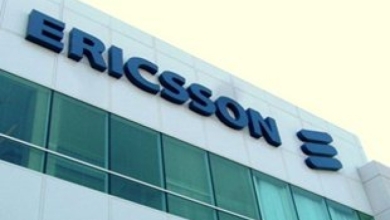
Mobile comms will displace fibre as both the primary and secondary connection mode as 5G rolls out across Europe.
Jason Wells, Vice President and General Manager, EMEA at Cradlepoint is looking for more channel partners to help meet demand from customers for comms and IOT solutions that work on the new cellular communications. The rise of LTE and 5G across Europe means that customers can find an alternative to fibre that doesn’t rely on the same infrastructure, he says. And there is room for service providers, especially if they have their own IP and solutions. “Our primary targets are service providers in the IT space, and the VARs. Our third route to market and target is with the carriers,” he says.
Partners need to understand the cellular world, though. “We help with that education for those companies that want to move into that role. So when customers stop thinking ‘fibre-first’ , actually LTE gigabit LTE and 4G can be either their primary link with the Internet for the office or used for the Internet of Things. How things usually work is that we become the failover route to the Internet. So if that fibre line did ever go down instead of having all the employees tethered to their mobile phones they could just use the office Internet connection.”
In fact cellular can be a primary or secondary Internet source, he says. “And having the right expertise to marry the two technologies together is half the solution. The other half is the data card that goes into it and provides the network connectivity.”
Delays in infrastructure are helping the change. Customers are not waiting for fibre to be placed in their buildings or relying on that fibre staying alive, and moving into 5G which is gigabit with high density and low latency, he says.
“We're seeing a big transition and lots of interest in wireless, which we're seeing with lots of mainstream partners, including the traditional edge providers that were selling a firewall. If you go back 18 months it was a very specialist area and very niche out here. Now we’re getting interest from the most unlikely broad-liners as well as specialist-based firewall partners.”
“We're really on the cusp of something very exciting and certainly intend to rework the partner program. It is dependent only on the growth of 5G and that's obviously dependent on the countries in Europe that are adopting it and taking to it.”
“The big shift is going to be what we call unlimited packages. Home broadband or your company leased line is charged based on the network speed but it's unlimited usage whereas in the typical data world right now if you get a SIM card it's got 20 gigs worth of usage and if you go over that 20 times a month it cost you an arm and a leg because the overage charges are horrendous. That's kind of been a barrier to market, if I'm honest.”
But it has changed. “This is a real game changer because customers can now look at this as no longer an unknown CapEx expenditure which it was six months ago.”
“We're not a software as a service pure play because we are relying on some hardware but it's called managed hardware. We can put software definition around it and the individual devices from a group level. I can manage that and say that only certain applications can traverse the LTE whether it's in primary or fail-over. And I can be alarmed and alerted about traffic. So as an example it could be that at 1.88 of that 20 Gb, I just either stop all communications or throttle everything back to mission critical. As we see more carrier around Europe about to release unlimited data plans, its a game changer. Even more so because everyone will be watching the pathway towards 5G.”
“It'll be a mixture of technologies just as the wireless is today when 5G isn't available or there's a problem with the cell tower it'll revert back to gigabit. So it'll be a mixture of technologies that support each other that make up the eventual story.”
“We're seeing huge interest from the likes of Microsoft with a launch of the Azure IoT platform. We have some very good use cases where we're supporting them showing how IT can be managed under command centers.”
“Our target is to find 100 new partners and we've got a very healthy pipeline of interest. The program we launched is not only to attract new partners but to re-educate our existing partners to give them all of the support that and education transfer. We don't just want to give leads or just educate. We want to become a good vendor that works well with your team. There's transparency and lead sharing and we go out with partners to win these deals together.”


